Disclosure: This article contains affiliate links. We may earn a commission from purchases at no extra cost to you, which helps our travel content.
The morning light filters through centuries-old stone, casting long shadows across weathered Buddha statues partially reclaimed by tree roots. I stand transfixed, watching as the first tourists of the day navigate the sprawling temple complex while local vendors set up their carts along dusty pathways. This is Ayutthaya – Thailand's ancient capital that once rivaled Paris in size and significance before being brutally sacked by Burmese forces in 1767. What remains today is a UNESCO World Heritage site that spreads across an island formed by three converging rivers, where ruins of temples, palaces, and monasteries create one of Southeast Asia's most photogenic urban exploration playgrounds. As someone who's spent years documenting the intersection of transport networks and urban spaces, I found myself unexpectedly captivated by Ayutthaya's unique position as both a thriving modern Thai city and an open-air museum where you can wander freely among the ghosts of a once-mighty kingdom.
Planning Your Ayutthaya Walking Adventure
Ayutthaya's ancient city is essentially an island, created by the meeting of three rivers: the Chao Phraya, Lopburi, and Pa Sak. This natural moat once served as both defense and transportation network for the thriving capital. Today, it creates a conveniently contained exploration zone spanning roughly 4 square kilometers.
While many visitors opt for the quick day trip from Bangkok (just 80km south), I'd strongly recommend giving yourself at least 2-3 full days to properly explore. I initially planned a quick 24-hour visit and ended up extending to a full week, completely captivated by the layered history and photographic opportunities.
The key to truly experiencing Ayutthaya is having a flexible itinerary. Rather than racing between major sites, I found the most rewarding approach was dividing the island into quadrants and thoroughly exploring each section, allowing plenty of time for unexpected discoveries and photography in different lighting conditions.
For navigation, I relied heavily on my Garmin eTrex 22x, which proved invaluable when wandering between sites. While Google Maps works in the main areas, having a dedicated GPS device with downloaded maps meant I could confidently explore the more remote ruins without worrying about mobile reception or battery life.
Accommodation-wise, I recommend staying on the island itself rather than across the river. The Baan Tye Wang Guesthouse became my home base – a charming riverside spot with modest rooms but extraordinary sunset views of the ruins across the water. Most guesthouses offer bicycle rentals, but I found Ayutthaya surprisingly walkable, especially in the cooler morning and late afternoon hours.
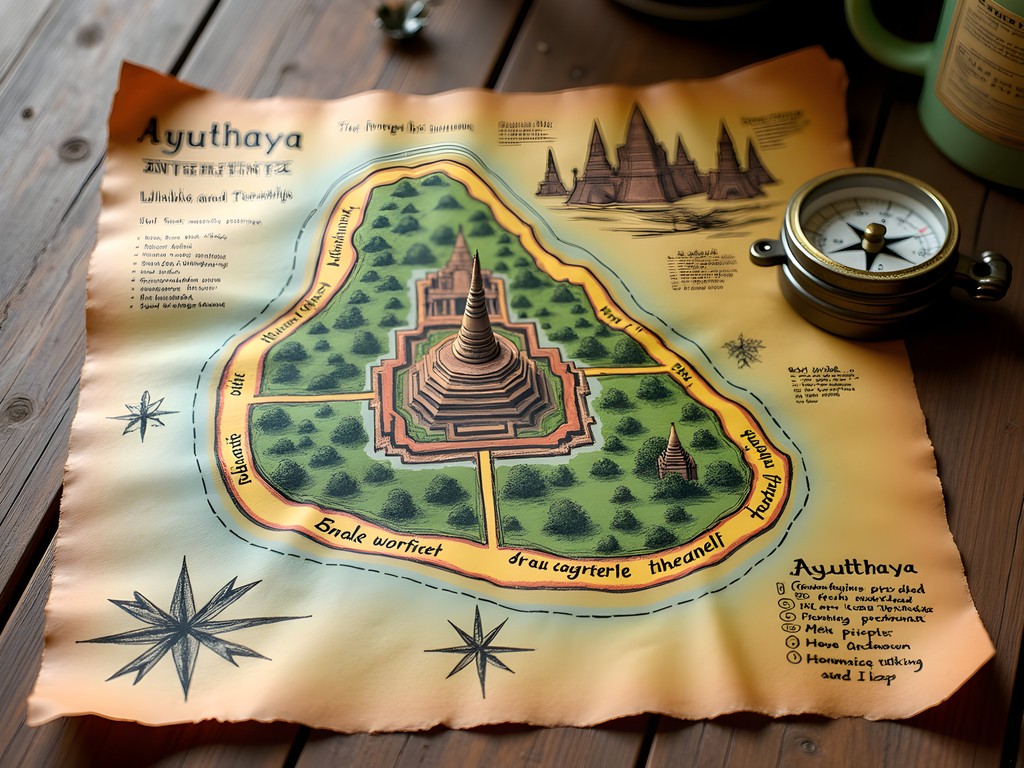
💡 Pro Tips
- Download offline maps before arrival as signal can be patchy around some ruins
- Book accommodation on the island itself for early morning and evening photography without transportation hassles
- Carry a reusable water bottle – the heat can be intense and plastic waste is a growing problem at heritage sites
Dawn at Wat Chaiwatthanaram: A Photographer's Dream
If there's one non-negotiable experience in Ayutthaya, it's witnessing sunrise at Wat Chaiwatthanaram. This magnificent riverside temple complex was built in 1630 by King Prasat Thong to honor his mother and serves as one of the most complete examples of Khmer-influenced architecture in Thailand.
I arrived at the site by 5:30am, well before the official 8:00am opening time. Here's an insider tip: while the main entrance is locked, local photographers know that a small side gate near the river is often left unlocked for early risers. A respectful nod to the groundskeeper and a 100 baht tip granted me access to what felt like a private showing of one of Thailand's most spectacular ruins.
Positioning myself on the western side of the main prang (tower), I watched as the first light illuminated the eastern face of the structure, gradually bringing the entire complex to life. The symmetry of the eight surrounding chedis (stupas) creates leading lines that are a dream for composition.
My travel tripod proved essential here – the carbon fiber version packs down small enough to fit in my daypack but provides rock-solid stability for those long-exposure shots in low light. The unique ball head design made precise adjustments effortless, crucial when working quickly as the golden light changes by the minute.
As the sun climbed higher, I moved to capture the Buddha statues within the temple's remaining chambers, where shafts of light create dramatic spotlights on ancient stonework. By 8:00am, the first tour groups began arriving, breaking the magical solitude but offering a new photographic element: the scale contrast between modern humans and ancient architecture.

💡 Pro Tips
- Arrive at least 30 minutes before sunrise and try the side entrance near the river
- Bring small bills (100 baht notes) for unofficial early access tips
- Focus on the interplay of light and shadow during the first hour after sunrise for the most dramatic shots
The Buddha Head in Tree Roots: Beyond the Postcard Shot
Perhaps Ayutthaya's most iconic image is the sandstone Buddha head entwined in the roots of a bodhi tree at Wat Mahathat. It's on every postcard and guidebook cover, and for good reason – the visual of nature reclaiming human creation is both haunting and beautiful.
What most visitors don't realize is how challenging this spot can be for photography. By mid-morning, a constant stream of tourists forms a queue for selfies, and the site is roped off, requiring you to shoot from several meters away. The contrast between bright sunlight and deep shadow also creates exposure nightmares.
My approach was two-fold: First, I visited during the lunch hour (12:30-1:30pm) when most tour groups disappear to nearby restaurants. Second, I returned during a brief rainstorm when the wet stone and leaves created rich, saturated colors and kept the crowds at bay.
For this location, my telephoto lens was invaluable. The compression effect helped isolate the Buddha head from distracting elements, and the zoom capability allowed me to frame tight compositions despite the viewing restrictions. The rain-resistant construction also meant I could continue shooting during the light shower without concern.
Beyond the famous head, Wat Mahathat offers dozens of less-photographed Buddha figures in various states of decay. I spent hours documenting these overlooked statues, many with missing limbs or worn features that tell a more complete story of time's passage than the relatively well-preserved famous head.
A local guide named Somchai shared that the Buddha head likely fell from its original statue during the Burmese invasion, and the tree grew around it over centuries – not, as some stories claim, in an act of deliberate preservation. These layers of history and myth make Ayutthaya so fascinating for those willing to look beyond the obvious shots.
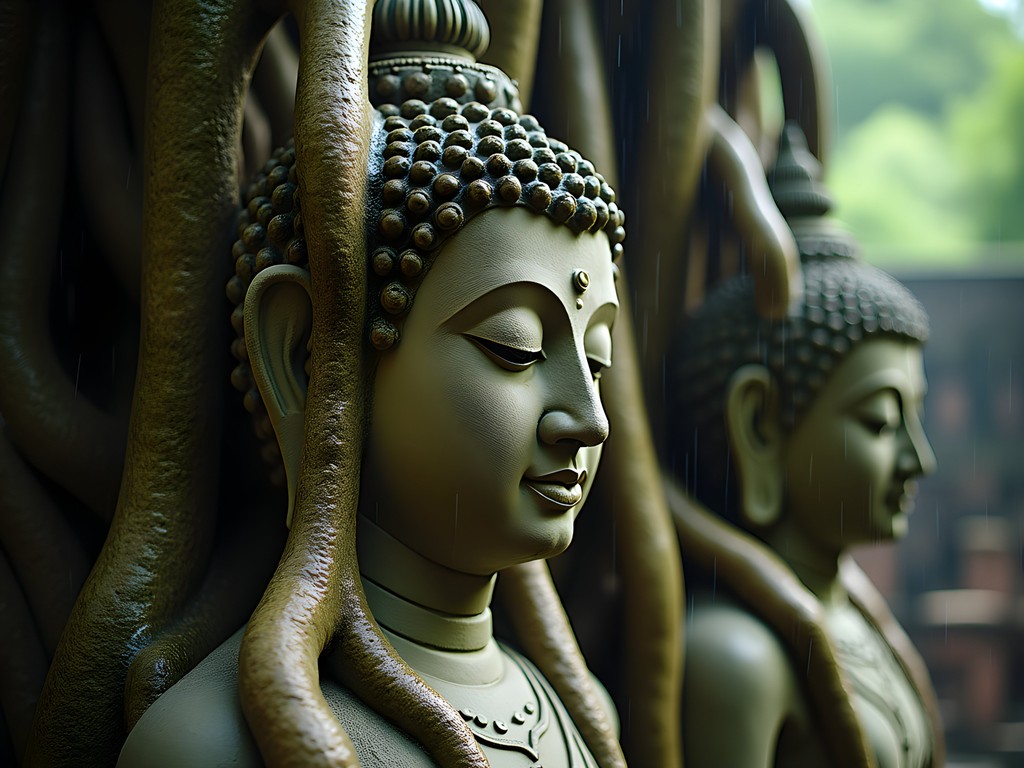
💡 Pro Tips
- Visit during lunch hours (12:30-1:30pm) or during light rain for fewer crowds
- Bring a telephoto lens to capture detail shots from the required distance
- Look for the less-photographed Buddha figures throughout the complex for unique compositions
Cycling the Outer Ring: Discovering Hidden Temples
While the central island contains Ayutthaya's most famous sites, some of my most rewarding discoveries came from venturing beyond the rivers to the outer ring of ruins. After three days of walking the central zone, I rented a bicycle (60 baht/day) to expand my exploration radius.
Crossing the Pa Sak River to the east leads to several spectacular complexes that receive a fraction of the visitors. Wat Yai Chai Mongkhon, with its massive reclining Buddha and rows of seated Buddha figures draped in saffron cloth, offers a striking contrast to the bare stone of the central ruins. Here, active worship continues alongside tourism, creating a living connection to the site's religious significance.
Further east, Wat Phanan Choeng predates the founding of the Ayutthaya kingdom and houses a stunning 19-meter-high Buddha image called Luang Pho To. The interior's dim lighting and burning incense create an atmospheric challenge for photography but capture the authentic spiritual experience.
For these varied lighting conditions, I relied heavily on my versatile camera with its exceptional low-light performance. The tilting screen proved particularly useful for capturing low-angle compositions of towering structures without having to lie on the ground. The silent shooting mode also allowed me to photograph inside active temples without disturbing worshippers.
The true hidden gem of my cycling expedition was Wat Phutthaisawan on the western bank of the Chao Phraya River. Built on the site of King U-Thong's temporary palace before the founding of Ayutthaya, this complex features stunning stucco work that has survived the centuries remarkably well. I spent a peaceful afternoon here without encountering a single other foreign visitor, sketching architectural details and chatting with monks who were surprised to see a foreigner so interested in the site's structural elements.
The cycling route between these outer temples takes you through neighborhoods where daily Thai life continues, completely removed from the tourist ecosystem – children playing after school, food vendors preparing afternoon snacks, and elderly residents chatting in the shade of ancient trees that may have witnessed the kingdom's fall centuries ago.
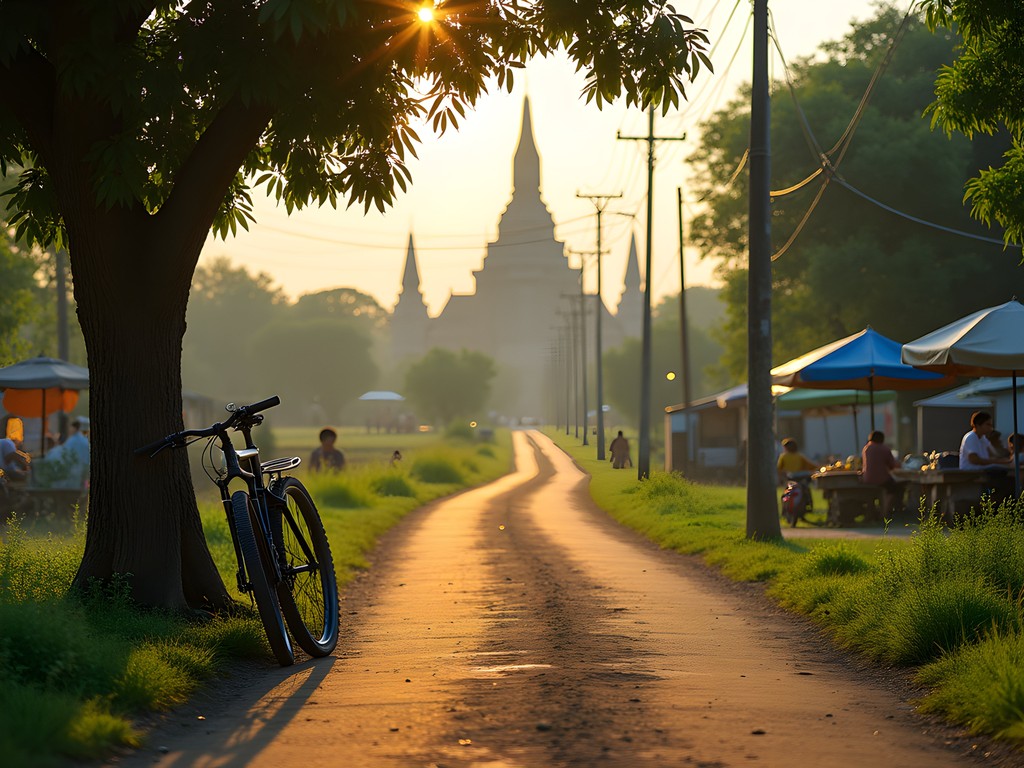
💡 Pro Tips
- Rent bicycles from shops near the ferry pier for better quality than hotel rentals
- Start early to avoid midday heat when cycling between sites
- Bring offerings (flowers or incense) when visiting active temples as a sign of respect
Capturing Night Photography in the Ancient City
Ayutthaya undergoes a magical transformation after sunset when floodlights illuminate select ruins against the night sky. While most day-trippers have returned to Bangkok by this time, those who stay overnight are rewarded with a completely different photographic experience.
Wat Mahathat, Wat Ratchaburana, and Wat Phra Si Sanphet all feature evening illumination, though hours can be inconsistent. I found it best to confirm the current schedule with your accommodation, as lighting times change seasonally and with special events.
The crown jewel of nighttime photography is undoubtedly Wat Chaiwatthanaram, which is dramatically lit from 6:00pm until 9:00pm most evenings. The reflection of illuminated prangs in the river creates mirror images that seem to double the site's grandeur. I spent three consecutive evenings here, each time discovering new angles and lighting effects as clouds and weather conditions changed.
Night photography in ancient ruins presents unique challenges. A sturdy tripod is non-negotiable, and I found my remote shutter release essential for preventing camera shake during long exposures. The wireless functionality allowed me to trigger shots without touching the camera, eliminating even the slightest vibration that could blur a long exposure.
Be aware that mosquitoes can be relentless around the rivers at dusk. I learned this lesson the hard way on my first evening and subsequently made sure to apply repellent before each sunset shoot. Also, while the main sites have security present at night, it's wise to travel with a companion when moving between locations after dark.
Perhaps my most memorable night photography experience came during an unexpected electrical storm. From the safety of a covered viewpoint, I captured lightning strikes illuminating the silhouettes of ancient prangs – a collision of momentary and eternal that encapsulated Ayutthaya's enduring presence through centuries of natural and human drama.
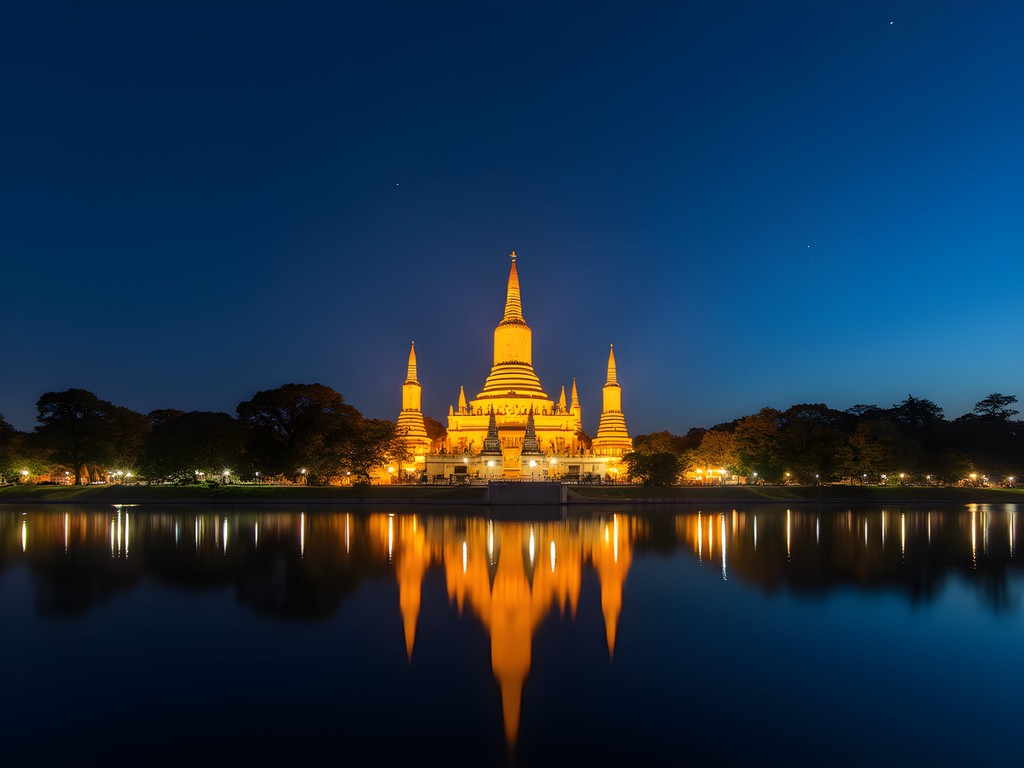
💡 Pro Tips
- Verify illumination schedules with local hotels as they change seasonally
- Bring mosquito repellent specifically for evening shoots near the rivers
- Use bulb mode for capturing lightning strikes over illuminated temples during storms
Local Flavors: Fueling Your Exploration
Urban exploration is hungry work, and Ayutthaya offers distinctive culinary experiences that are as much a part of the city's heritage as its stone monuments. The city's position at the confluence of three rivers made it a historical trading hub, resulting in a unique fusion of Thai, Mon, Chinese, Portuguese, and Muslim influences still evident in local cuisine.
For breakfast, I developed a routine of visiting the morning market near Chao Phrom Market, where elderly vendors prepare traditional boat noodles (kuay teow ruea) – a dish said to originate from vendors who once paddled the city's canals. The rich, pork-based broth with rice noodles and morning glory provides sustaining energy for a day of walking.
During midday heat, I'd seek refuge at Pa Lek's roti sai mai stall near Wat Mahathat. This Muslim-influenced sweet consists of colorful spun sugar wrapped in paper-thin roti bread – a perfect sugar boost during intensive temple exploration. The green pandan-flavored variety proved particularly refreshing.
For evening meals, the night market near the Hua Ro area offers an impressive array of seafood, reflecting the city's continued connection to river life. Here I discovered kung mae nam (river prawns) grilled with salt – a simple preparation that showcases the exceptional quality of local ingredients.
The most distinctive local specialty is boat noodles, traditionally served in small portions because vendors once had to balance while serving from boats. Modern restaurants now serve these in small bowls, with customers typically ordering 4-5 bowls to make a meal. Raan Pathongko near the old Portuguese settlement serves my favorite version, with a complex broth enriched with pork blood and fragrant spices.
I recorded my culinary discoveries in my trusty travel journal, which has accompanied me across four continents. The acid-free paper handles occasional food stains well, and the expandable inner pocket proved perfect for collecting food stall business cards and hand-drawn maps to memorable meals. Reviewing these notes months later instantly transports me back to specific moments in Ayutthaya through the memory of tastes and smells that no photograph can capture.
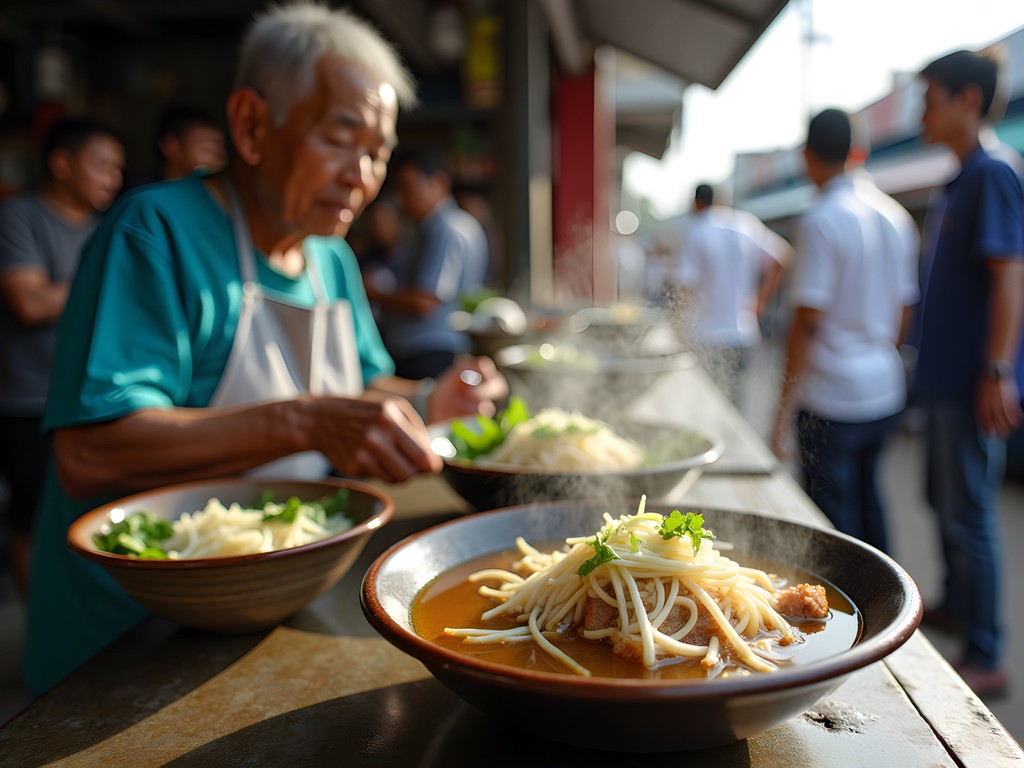
💡 Pro Tips
- Try boat noodles for breakfast when the broth is freshest, before 9am
- Look for roti sai mai vendors with the thinnest, most translucent bread wrappings
- Visit Baan Kao Nhom for traditional Thai desserts that are disappearing from modern menus
Final Thoughts
As my week in Ayutthaya drew to a close, I found myself lingering at Wat Phra Ram during my final sunset, watching the light change across stones that have witnessed over 600 years of human drama. What began as a straightforward photography expedition had evolved into something deeper – a connection with a place where urban design, transportation networks, and cultural identity are literally layered upon each other through centuries of evolution. Unlike many ancient sites cordoned off from modern life, Ayutthaya breathes alongside its contemporary city, with locals fishing in shadow of ruins and children playing football against backdrops that once hosted royal ceremonies. For photographers and urban explorers, Ayutthaya offers that rare combination – spectacular visual opportunities alongside authentic cultural experiences, all accessible on foot through gentle exploration. As you plan your own journey through Thailand's ancient capital, remember that the most compelling images and memories often come not from rushing between major attractions but from the quiet moments of discovery in between.
✨ Key Takeaways
- Allow at least 2-3 days to properly explore Ayutthaya rather than rushing through as a day trip
- The best photography opportunities come at sunrise, sunset and during rainfall when tourist crowds thin out
- Venture beyond the central island to discover less-visited temples with active worship still taking place
- Engage with local food traditions as an essential part of understanding Ayutthaya's cultural landscape
📋 Practical Information
Best Time to Visit
November to February (cool, dry season)
Budget Estimate
$30-50 USD per day including accommodation, food and site entrance fees
Recommended Duration
3-5 days for photographers, 2 days minimum
Difficulty Level
Easy
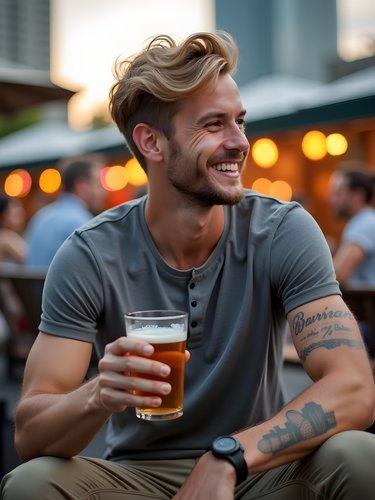
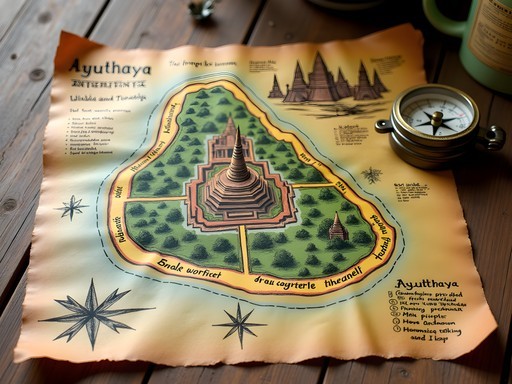



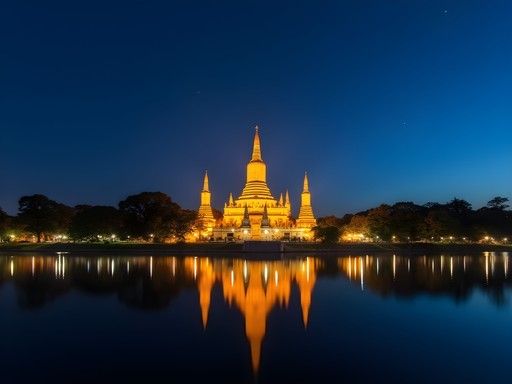
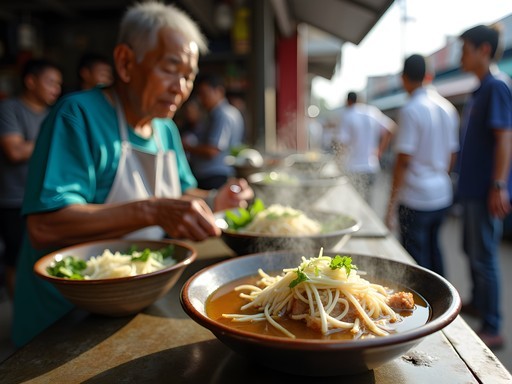


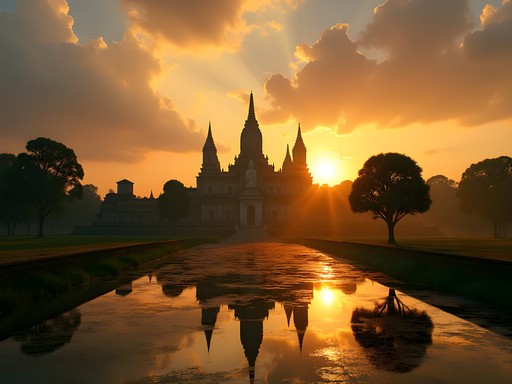






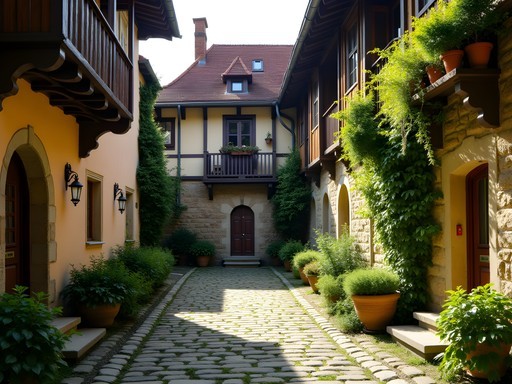
Comments
BkkExpat
For anyone planning to visit from Bangkok, the train is actually super convenient and cheap (60 baht). Just bring water and be prepared for delays. Once there, definitely rent bikes as Jerry suggests - the park is too spread out to walk comfortably.
TravelWithKids
Is the train ok with kids? We're planning a family trip.
BkkExpat
Definitely! My kids (7 and 10) loved it. Just bring snacks and activities for potential delays. The 3rd class is fine and super cheap, but 2nd class has AC which might be more comfortable for little ones.
wanderlust_emma
Your shot of the Buddha head in tree roots is seriously next level! Way better than my tourist selfie lol
CaptureTheJourney
Going there next month! How did you handle the harsh midday sun? Any filter recommendations?
Jerry Kelley
I typically avoided shooting between 11am-2pm when possible. When I had to, I used a polarizing filter to cut glare and deepen the sky. The temples with intact roofs like Wat Thammikarat offer nice shade for midday shooting!
Sophia Gomez
Jerry, your photography absolutely captures the magic of Ayutthaya! I spent three days there last September and wish I'd had your guide beforehand. The lighting tips for Wat Chaiwatthanaram are spot on - that golden hour glow on the stupas is unreal. One thing I'd add for photographers visiting: don't miss Wat Phra Si Sanphet just before sunset. The three chedis create these amazing long shadows that make for dramatic compositions. I rented a bike from my guesthouse and found it perfect for covering the historical park. Also packed my travel tripod which was essential for those low-light temple interiors. Your suggestion about exploring beyond the main sites is gold - some of my favorite shots came from those quiet, unnamed ruins where I could experiment without tourists in every frame.
ThailandFan22
Did you try the boat tour around the island? Worth it for photography?
Sophia Gomez
The boat tour gives you some unique angles, especially of Wat Phutthaisawan, but honestly I preferred having the freedom to stop and wait for the right light with my bike. If you do the boat, go for the smaller long-tail boats rather than the big tourist ones.
globelegend
Those Buddha head photos are incredible! Been on my bucket list forever. Did you find it crowded when you were there?
Sophia Gomez
I was there last year and found that if you go really early (like 6:30am), you can beat most of the tour groups at Wat Mahathat where the Buddha head is. By 9am it gets pretty crowded with people waiting in line for photos.
globelegend
That's super helpful, thanks! Definitely going to plan for an early morning visit then.
photo_newbie
Going there next month! Any tips for a beginner photographer? I only have my phone camera but want to get some decent shots.
Jose McDonald
Not the author but phone cameras can still capture amazing shots! Get the ProCam app - it lets you control exposure manually which is super helpful in the harsh midday light. And definitely follow Jerry's advice about early morning visits!
photo_newbie
Thanks Jose! Will check out that app!
Hunter Thompson
Absolutely brilliant guide, Jerry! Your photos capture exactly what makes Ayutthaya so special. I'm planning my first Thailand trip for next month and just bumped Ayutthaya from a day trip to a 3-day stay after reading this. The walking route you mapped out looks perfect. One question - did you find the local songthaews useful for getting between the more distant temple complexes when you were tired from walking? Or is cycling still better even for the outer areas? Can't wait to try shooting at Wat Chaiwatthanaram at dawn like you suggested!
Jerry Kelley
Thanks Hunter! For the outer temples, I actually preferred cycling because it gives you so much freedom to stop whenever something catches your eye. The songthaews are good for getting back to your hotel if you're exhausted, but they tend to stick to fixed routes. Have an amazing trip!
thai_travel_fan
We did the public transportation from Bangkok and it was super easy! Did you try any good local restaurants near the historical park? We struggled to find good options.
oceanlife
Not OP but try Pa Lek Boat Noodles near the night market! Amazing boat noodles and they have English menus.
Jerry Kelley
I second the boat noodles recommendation! Also, there's a little place called Baan Kao Nhom near Wat Mahathat that has amazing mango sticky rice - perfect afternoon snack between temple visits.
escapechamp
Those shots are incredible! What camera setup did you use for the low light temple interiors?
wanderlust_emma
Those sunrise shots are incredible! Adding this to my bucket list right now.
Venture X
Premium card with 2X miles, $300 travel credit, Priority Pass